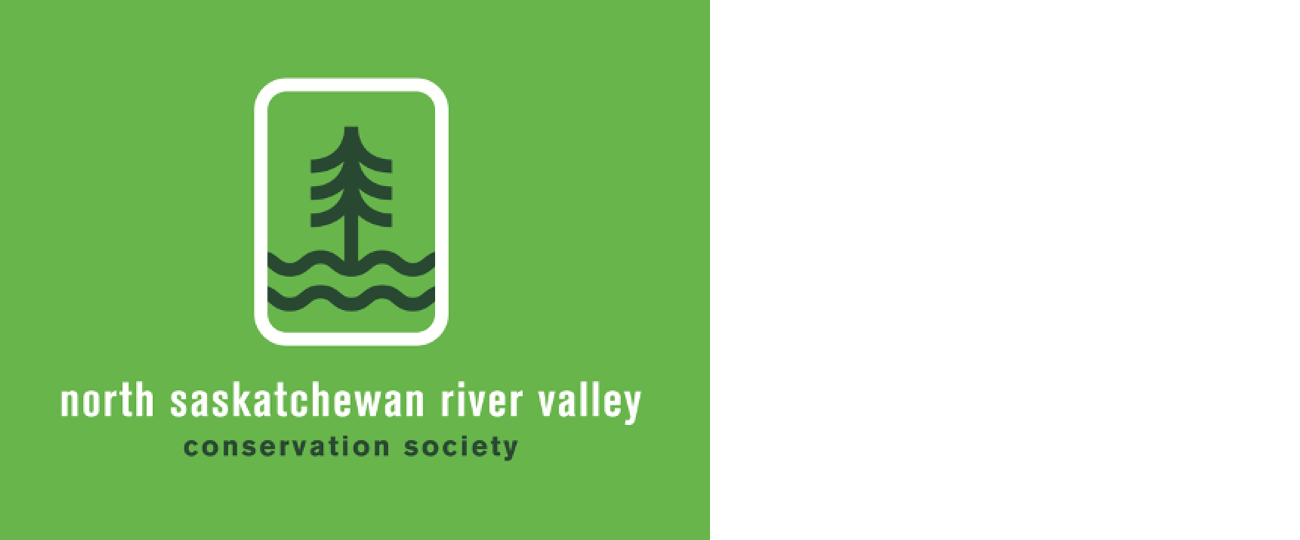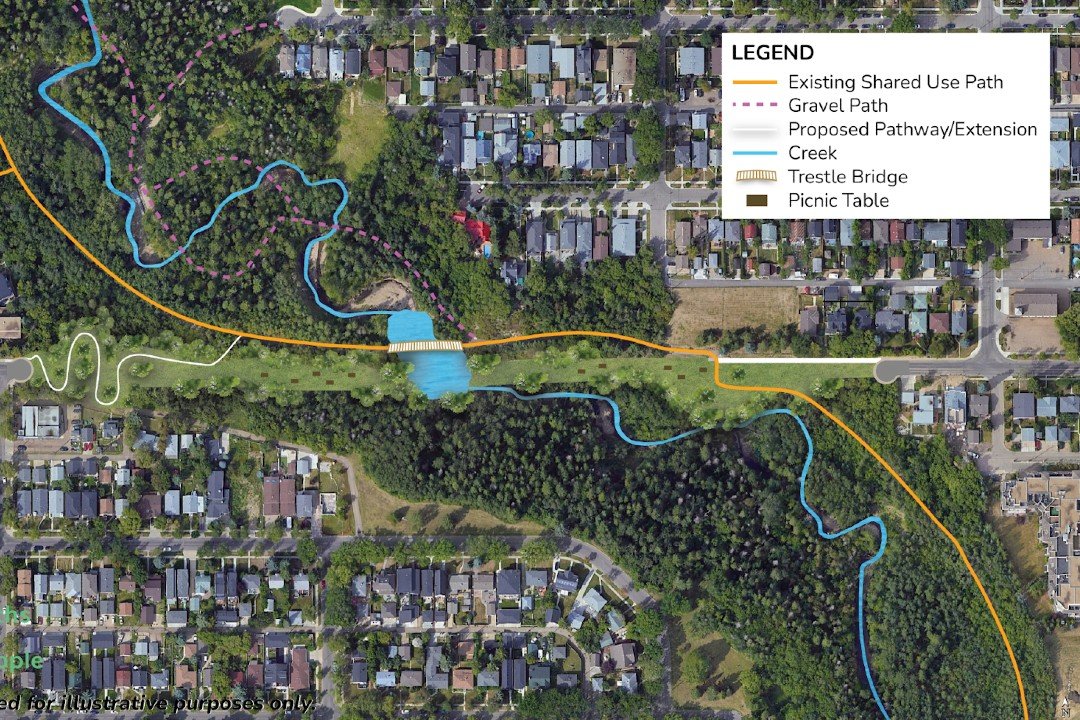City designates 100+ year old south side market a historic resource
Many of Edmonton’s homes, parks, buildings and infrastructure played an important role in the history and development of the city. The South Side Market, a 100+ year-old institution in Old Strathcona, has served as a farmers’ market, offices and now restaurants. That is a large part as to why it is now designated a Municipal Historic Resource.
The South Side Market was built in 1923 at 83 Avenue and 104 Street. The building is a fine example of Edwardian-influenced architecture and is associated with John Martland, who served as Edmonton’s City Architect from 1919 to 1944. Martland also designed other city buildings including major additions to the original Royal Alexandra Hospital, the Victoria Golf Course clubhouse, the No. 2 Firehall and the original Blatchford Hangar.
“Generations of Edmontonians know this building from its time as a health clinic to its days as the home of Packrat Louie restaurant,” said Principal Heritage Planner David Johnston. “It has been repurposed many times since it was first built and it’s wonderful to know that this Old Strathcona gem will be protected into the future.“ https://www.edmonton.ca/city_government/edmonton_archives/historic-resources
City pools responsible for excluding Black Edmontonians in the 20s
Although life during the 1920s was vibrant in our city, it must also be recognized that stereotyping by mainstream society was apparent and affected the lives of many Black Edmontonians. The effects of this were primarily seen in their social exclusion and their lack of employment prospects.
Urban Black peoples in Alberta during the 1920s are often depicted solely as passive victims of racial discrimination and fully segregated from mainstream society. However, there are several accounts of activism within these communities that reminds us to rethink this stereotype. Through these stories, it is clear to see that Black Canadians have always been politically and socially engaged citizens.
We see this in the events that took place in July of 1924. During that summer in Edmonton, an attempt was made to exclude Black citizens from two new swimming pools in Borden and Oliver, as well as the older Queen Elizabeth pool. In response to this injustice, a committee comprised of Rev. Slater, Ernie Walker, and Richard Crotch wrote a letter of appeal to Edmonton’s City Council.
In this letter, the committee demanded that the order forbidding Black people from using public swimming pools be set aside to protect these communities from “so gross an insult and injustice.” As a result of this committee’s advocacy, City Council made a vote three days later that was “almost unanimously in favor of allowing Edmonton’s Black citizens full privileges of the pools.” https://citymuseumedmonton.ca/2021/08/15/onc-capturing-everyday-life-challenging-stereotypes/
A guide to spotting tricky signs of water pollution in the river valley
Mack Male photo
The first not so obvious example of water pollution is dead wildlife. Of course, in the natural world death is a part of life. So, if you see a single dead fish floating in the water, that may not be a definite indicator for pollution. However, if you see a whole bunch of dead fish, there is probably a serious problem.
Oil pollution can also be very harmful to aquatic plants and animals, however, normal and unpolluted water can sometimes seem oily. If you see oily-looking water, poke it with a stick or drop a rock on it. If the sheen separates into smaller pieces with jagged platelets, it’s most likely normal bacteria. But if it reforms, it is most likely petroleum.
Foam is another mystery pollution. It can be totally natural, and it can also be a sign of pollutants. Natural foam forms when organic matter is being stirred up and interacts with air. Normal foam on water is usually off-white with an earthy or fishy smell. On the other hand, when foam is unnatural it often has a perfumy scent and a bright white colour.
The final form of pollution that can be very tricky to identify is algae. Algae itself is a natural part of any body of water. However, it is quite common to have serious blooms of blue-green algae in lakes across Alberta. This type of algae, also known as cyanobacteria, can release toxins which are harmful to humans and animals. Learn how to report algae and other water pollutants here https://www.swimdrinkfish.ca/north-saskatchewan-riverkeeper/blog/what-does-water-pollution-look-like
‘Friends of kinnaird ravine’ a prime example of advocating for YEG parks
Friends of Kinnaird Ravine (FKR) is a stewardship group that strives to protect the ecological health, biodiversity and natural integrity of the Kinnaird Ravine through advocacy, education, intervention and community organization. They believe that we can all ‘protect’ and ‘advocate’ for the Kinnaird Ravine by working collectively and collaboratively with the many residential and municipal stakeholders associated with the park.
FKR operates from a Facebook page that was set up to bring together ravine stewards. The group was first started as a master naturalist project by Ted Campbell and is now being led by local steward Kevin Cantelon whose day job is with Alberta Parks. The facebook page is moderated to encourage people to engage in stewardship and nature appreciation.
A notable goal of this group’s supporters is to address the root causes of homelessness. At the same time, they discourage posting about houseless issues on their Facebook Page. This is because they believe that there are better ways for us all to work together to support ending the housing and safety net crisis. People living rough is common in Kinnaird and FKR wants to ensure they are safe. As Kevin Cantelon says, no-one should die alone in a dark ravine. https://www.ervcc.com/kinnaird
How the braroes collectively bargained against the HBC in 1853
Juliette shares “This was a group of tough voyageurs, they were known as "Blaireaux"- the French word for badger, a very tough and pugnacious animal.”
Lindsay asks “Do you know if the painting at the beginning of this newsletter is an accurate portrayal of the NS river? Just curious at the difference in trees around that area now.”
Answer provided by Editor, “The story link states under the photo in the article the following, "Fort Edmonton with its York Boats in 1825 as imagined by painter JD Kelly in 1949. Courtesy of Library and Archives Canada 4105217." I don't know if this reimagining by the painter is based on historical texts or photos. It would not surprise me if there were not many trees around or near the fort as the land closest to the fort would be used for livestock grazing and growing of foodstuffs like grains, potatoes, cabbages, etc.”
Paths for People’s bold proposal for 76 ave
Carole says “I have supported this Society for a few years but your endorsement of the Paths For People agency is truly disappointing. They destroyed the Old Strathcona Mill Creek neighborhood for the benefit of a few cyclists. The elderly, the disabled, the tax paying people who actually live in the neighborhood were not consulted and their access to their own homes was seriously diminished. I personally had a group of cyclist stop in the middle of the road while I was trying to get to my home. They refused to move aside and laughed at me. I am old and not able to ride a bike. This incident reflects their attitudes of entitlement not unlike that of our UCP government. I am done with your Society even though I love our River Valley. So Sad”
Edmonton Neighborhood by Jill Thomson, City Hall https://www.edmontonarts.ca/public-art/edmonton-neighbourhood
Comment or Contributions
Please note articles may not reflect the position of NSRVCS. River Valley News is meant to be a clearinghouse for the variety of opinions and ideas about Edmonton’s River Valley.
Email river valley photos, event information, comments, or questions to nsrivervalley@gmail.com
Forward this link to anyone you think may want to sign up for this newsletter https://www.edmontonrivervalley.org/newsletter-signup
















